Creative production
Film editing: tools, tips and techniques
October 2024
12 mins

Table of contents
Your files, faster.
Access any file instantly, anywhere. Collaborate in real-time from one always-up-to-date, secure cloud filespace.
"Many would say that film editing is where the hard work of cinema emerges as art. To quote George Lucas, ‘Everything else is gathering raw materials.’ It boils down to the impact achieved through choosing to connect one shot with another.” – Director Ron Howard, forward to The Art of The Cut Vol. 2
When cinema was invented, over 130 years ago, so was film editing.
Film editing is an art, craft and technical pursuit that anyone can improve their skills in – and this guide will help you get started on that journey.
At its heart, film editing is as simple as placing two shots next to each other with the intention of creating powerful connections in the viewer’s mind that don’t exist solely within either shot.
By the time you finish reading this article you’ll understand the core principles of film editing and walk away with a fistful of practical tips for becoming a better editor.
What is film editing?
Film editing used to actually happen on film.
Long strips of 24 single images sprinting through a projector every second. Want to make a cut? Grab some scissors and start snipping. Want to join two shots together? Get a bit of tape and join (splice) the two ends together.
While the tools have gone digital, the core activities – cutting and splicing – remain the same. The art of editing lies in what you create through deciding when to cut and what to splice in next.
And those possibilities are endless.
While editing is often thought of as choosing the right shots and putting them in order, modern post-production is a team effort that extends beyond the edit timeline.
For projects involving visual effects (VFX), editors play a key role in working with the VFX pipeline — the structured process where visual effects are designed, created and integrated into the final film. From tracking placeholder shots (temps) to ensuring final VFX shots fit perfectly into the edit, editors and VFX artists must stay in sync.
A clean edit is the foundation. But it’s in collaboration with sound designers, colorists and VFX teams that a film’s true polish and magic come to life.
Why does film editing matter?
Film editing changes everything.
Placing two shots next to each other radically changes our interpretation of the meaning that they create in combination. Change just one of those shots, and you get a whole new meaning.
This is the power of film editing – it shapes the way we perceive and connect with the story. The best way to understand this is to see it in action.
Watch the one minute video of legendary film director Alfred Hitchcock (Psycho, North by North West, Rear Window) explaining what is best known as the Kuleshov effect, named after Russian filmmaker Lev Kuleshov.
In many ways the Kuleshov effect is the essence of film editing revealed.
A second and more contemporary reason why film editing matters, is that what you choose to leave out is as important as what you leave in.
In today’s world of deep fakes, AI-generated hoaxes and manipulative video editing, knowing how selective film editing can skew your viewing experience is vital.
Consider how:
Sound bites taken out of context can alter their intended meaning.
Leaving out key pieces of information in an interview on purpose.
Editing in false or manipulative reaction shots to fabricate ‘new truths.’
It is more important than ever, therefore, to be ‘cinematically literate’ to these effects and to find reliable sources of truthful media to consume.
What does a film editor do?
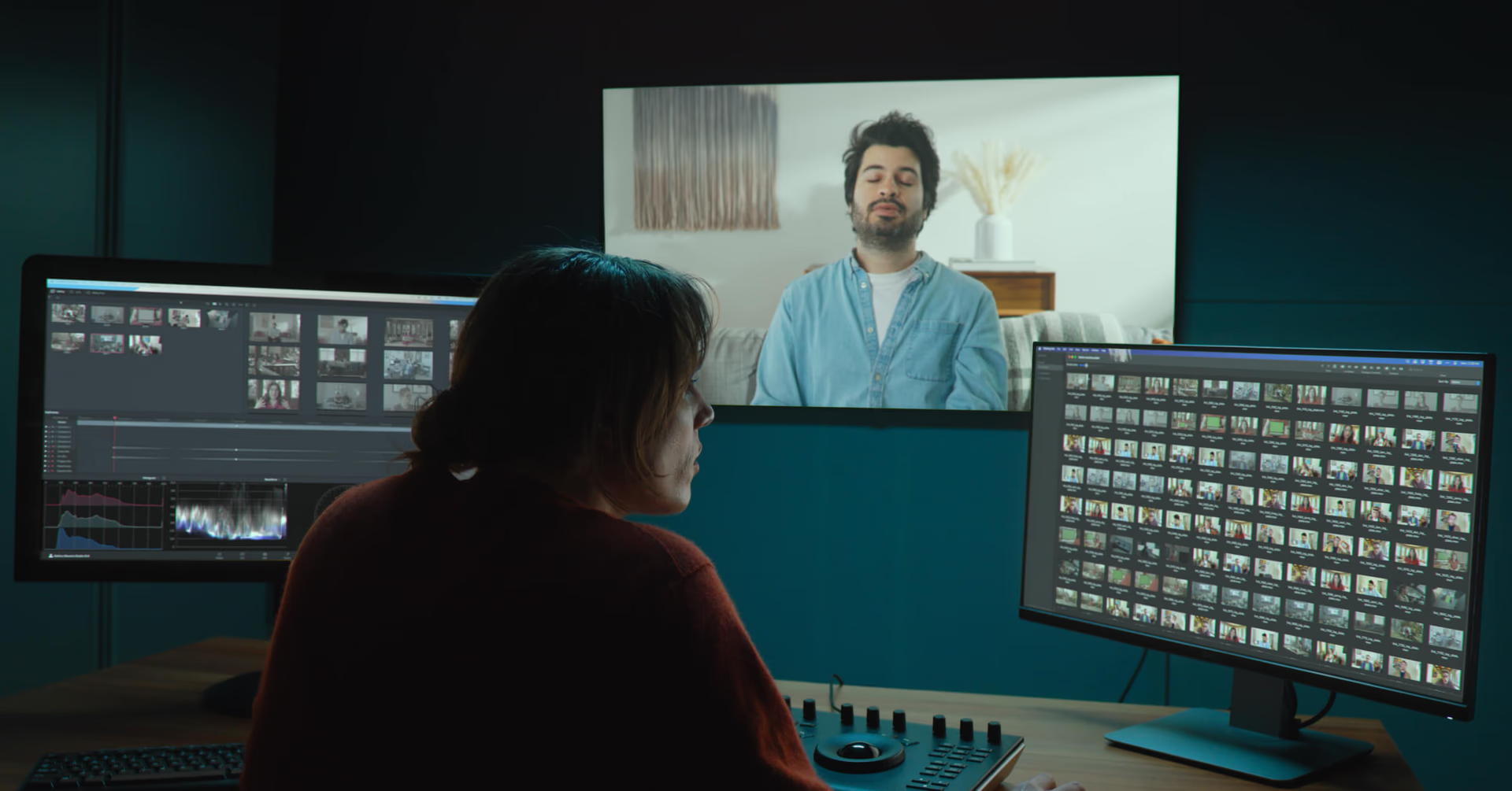
A film editor has to wear many hats, they:
Lead the film editing and collaborate closely with the director.
Organize, select and assemble the material into the final film.
Guide the film through the entire post-production process.
Make key artistic decisions and work to keep all the central players happy.
Film editors have to be excellent storytellers, logical problem solvers, inventive creative artists and politically sensitive collaborators.
That is, sensitive to the egos and interpersonal politics of everyone else involved in the project – including directors, producers, writers, clients, actors and studio executives. All these stakeholders have an opinion, informed or otherwise, that needs to be taken into consideration.
Typical stages in film editing
A film editing project typically goes through the following stages:
Assembly – putting the selected footage together in script order.
Rough cut – making initial trims and clarifying ideas.
Review – incorporating client changes and directors notes.
Final cut – doing all of the final polishing to the edit, visuals and sound.
For a much deeper explanation of the full post-production workflow, read our guide.
What do you need to start film editing?
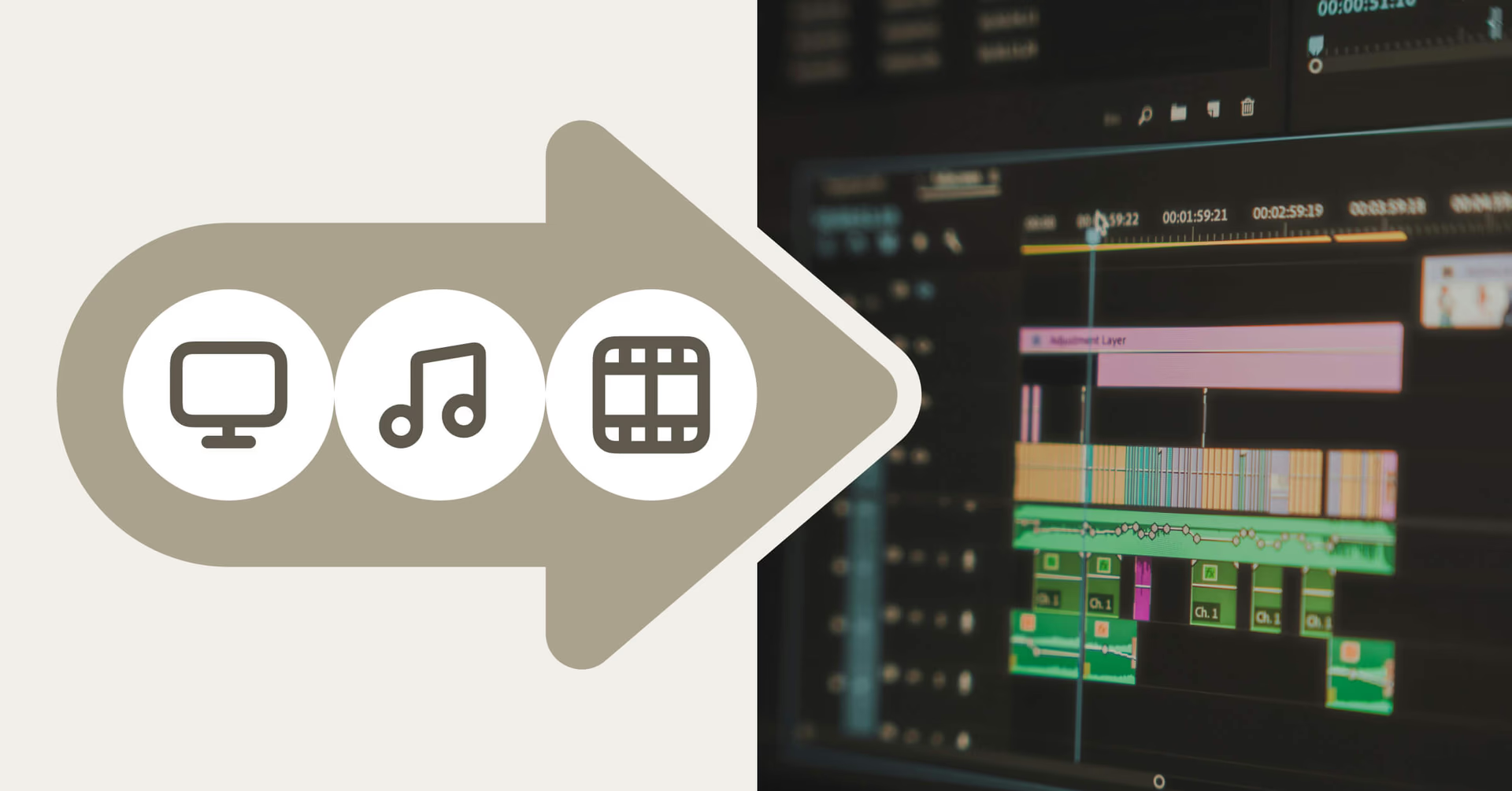
First things first, you’ll need some footage to edit and a video editing application to cut it with.
If you don’t have any footage to practice editing on, and don’t feel like shooting some on your phone, don’t worry. You can download these free and affordable film editing projects to start working with:
Free music video practice project for Imagine Dragon’s Believer
EditStock.com (affordable short films, documentaries, commercials etc.)
You can also download free trials of each of the ‘big four’ industry-leading video applications:
There are dozens of other video editing applications and even cloud video editing platforms out there to choose from. But by using one of these four, you will set yourself up for the future by learning to edit in a professional-level application from the start.
Why LucidLink is a film editor’s dream
One of the main challenges in video editing? Storage space.
Editors usually buy big hard drives with multiple terabytes of space to store all those large video files. But here’s the catch: those files are only accessible to the person with the drive, or anyone who’s made a copy.
New files need to be duplicated, changes need to be shared andfiles need to be uploaded and downloaded. It gets messy, quickly.
LucidLink is the solution to these problems.
Imagine a giant, super-fast hard drive in the cloud that never runs out of space.
Imagine a hard drive that anyone with an internet connection can access from anywhere.
Imagine that every new file or change to a project is always in sync for everyone.
That’s LucidLink.
LucidLink’s storage collaboration platform is a dream for film editors who need instant access to large video files in a seamless (and secure) collaborative environment that looks and feels no different from any other hard drive on their computer.
But, as they say, the proof’s in the pudding and Oscar-winning short films and Emmy-winning television shows have been cut by editors using LucidLink.
“Given our team was spread across different countries, seamless collaboration was vital, and witnessing this dynamic come to life was truly exceptional.” – Daniel Budin, Editor
Get a behind-the-scenes look at how the Oscar-winning The Boy, The Mole, The Fox and The Horse was created with an entirely remote workflow with LucidLink at the heart of it.
As the trend for remote video editing continues to grow, LucidLink is becoming an essential tool for editors working from anywhere.
Popular film editing tools
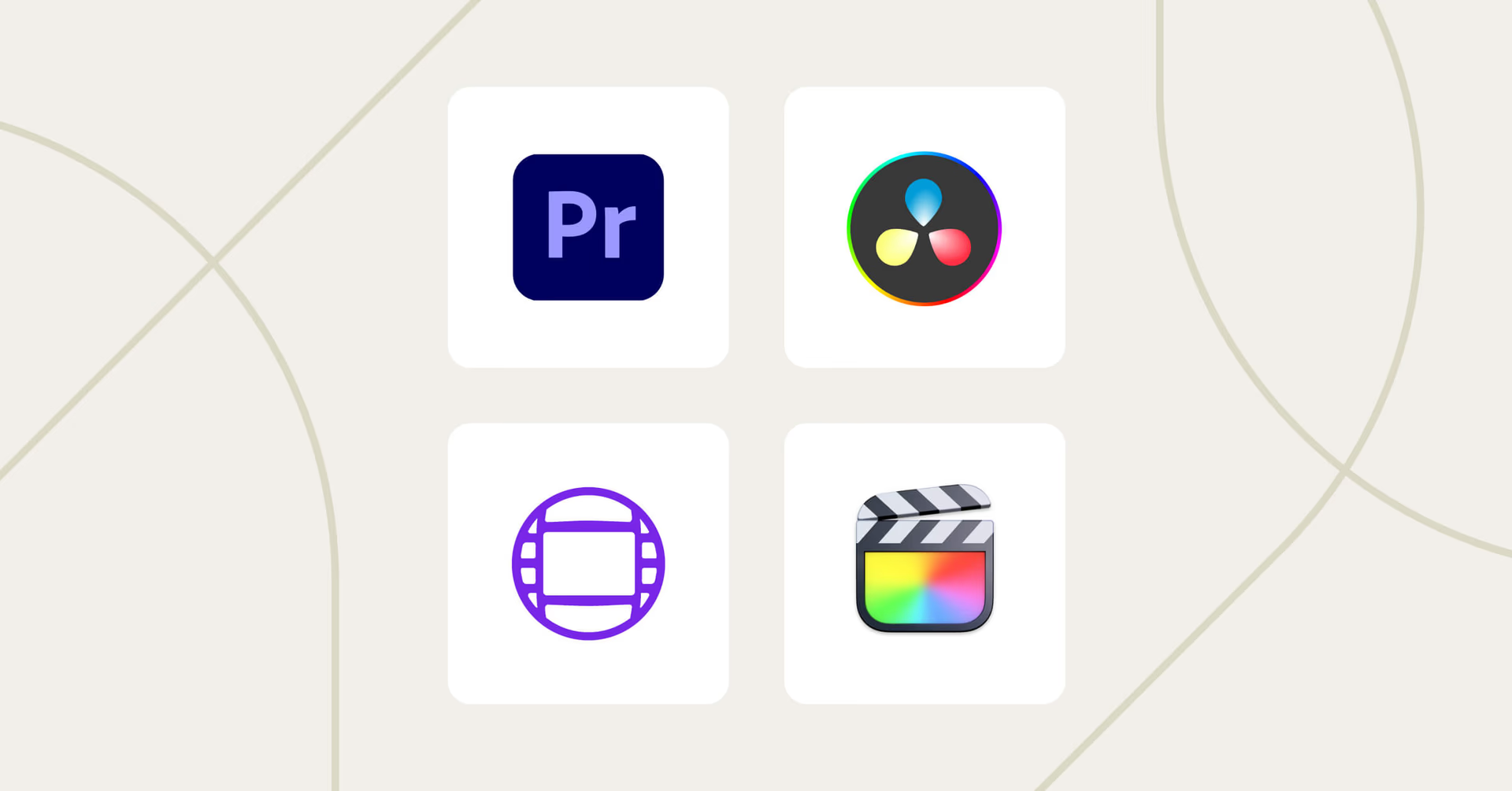
We’ve already mentioned that these four video editing applications are the most commonly used by professional editors, but what are the differences between them and which one should you learn?
Avid Media Composer
Mostly used for big film and TV projects with larger editorial teams.
Pros:
Entrenched in the industry so worth learning to work on film and TV projects.
Collaborative team features and workflows.
Dedicated hardware like Nexis storage systems.
Cons:
Steeper learning curve than other systems.
Feature set is less advanced than other applications.
Relatively expensive subscription fee.
Guide: Optimize Avid Media Composer for LucidLink
Adobe Premiere Pro
Mostly used for a little bit of everything! Premiere is used by all kinds of editors, working at all levels, including film and TV projects.
Pros:
Second most common video editing application in the industry.
Collaborative team editing with Productions and workflows.
Leading AI features and regular software updates.
Part of the Adobe Creative Cloud ecosystem.
Cons:
Need a monthly subscription.
Needs other supporting apps (After Effects, Audition etc.)
Development trend is towards non-professional users.
Integration: LucidLink and Adobe Creative Cloud apps play nicely together
Final Cut Pro
Mostly used for commercials, music videos and content creation.
Pros:
One-time purchase with free updates for life.
Unique features such as the Magnetic Timeline, keyword ranges and Roles.
Easy to get started with.
Cons:
Very few feature updates in recent times.
Not widely used in the ‘freelance editor’ industry.
Mac only.
Tutorial: Set up Final Cut Pro and LucidLink
DaVinci Resolve
Mostly used for commercials, music videos and content creation.
Pros:
Very capable free version.
Studio version is a one time-purchase with free updates for life.
Lots of new features, including AI enhancements, added regularly.
Powerful editing, color grading, audio mixing and visual effects tools.
Easy to get started with.
Mac, PC and Linux compatible.
Cons:
Not widely used for editing in the ‘freelance editor’ industry.
Requires a reasonably capable computer to run effectively.
Guide: Optimize DaVinci Resolve for LucidLink
If we had to recommend just one application, it’s hard to beat DaVinci Resolve’s incredible features set for an equally incredible price. Free.
That said, if you want to work your way into the film and TV industry, then learning Avid Media Composer would be a sensible first step.
What are common film editing techniques?
As simple as cutting two shots together might seem, there are actually many different ways to do this. In the video essay above Tony Zhou deconstructs how director Edgar Wright uses many of the following editing techniques for comedic effect.
Here are some common video editing techniques explained:
Continuity editing – matching action across cuts to create a seamless flow. For example, as the person stands up, we cut from a close up to a wide shot and the action flows across the cuts.
Match cuts – matching framing of the point of focus whilst jumping in location or time.
Jump cuts – quick cuts of a specific action that jump through time.
Montage – shots are cut into a sequence that elapses overtime, for example a team getting ready for action.
J & L cuts – cuts that look like the shape of the letter on the editor’s timeline. For example, in a J cut the audio from the next scene starts before the video cuts to that scene. And vice versa for an L cut.
Common film editing terms explained
Cutaway – a shot we ‘cut-away-to’ while someone is talking or looking.
Insert shot – a close up shot of an important object or action.
Dissolve – blending between two shots over time.
Fade up/down – usually from black to signal the start or end.
Shot, reverse shot – cutting pattern for conversations that cuts between speakers.
Coverage (wide, two-shots, singles) – the kind of footage an editor usually has to work with for a scene with multiple takes of each shot.
Scene – the smallest component part of a large film. Scenes are made up of shots.
Acts – usually a story has three acts – Beginning, Middle, End. Each act is made up of scenes.
Non-linear editor (NLE) – another word for digital video editing application, where you can put shots together in a ‘non-linear’ fashion. As opposed to a linear editor such as tape to tape where each shot had to be in the right order as you went along.
The art of film editing
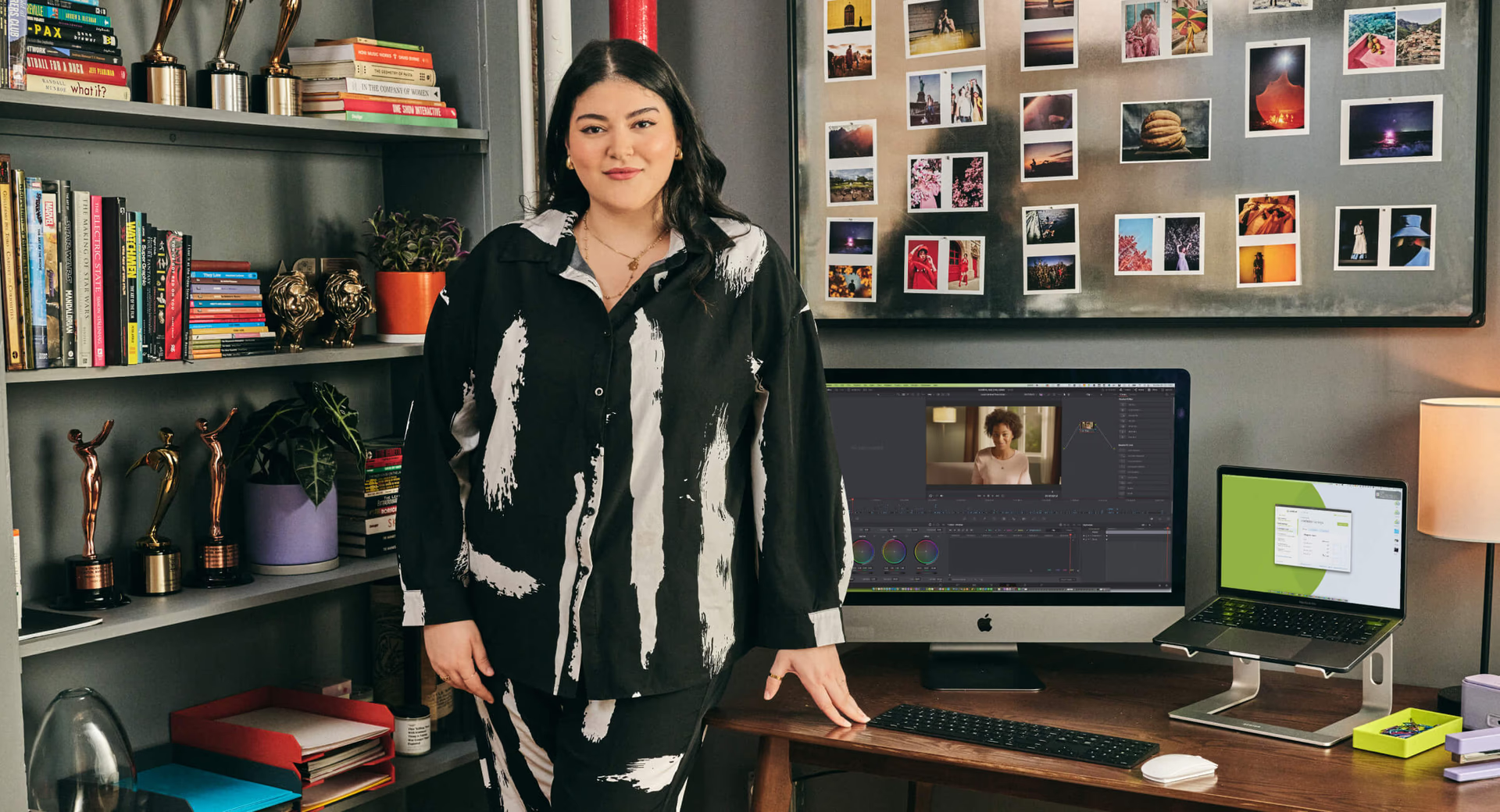
What actually makes an edit good?
This question has challenged editors for as long as editing has been a thing. Some would argue that seamless, invisible editing that carries the story along without drawing attention to itself is ‘good editing’.
Others believe that creative, ‘choppy’, quick cuts with imaginative transitions and flagrant disregard for continuity or logic is just as ‘good’. So good you had to notice it.
Ultimately, an edit ‘works’ if it serves to tell the story and is consistent contextually with the style of editing that it’s part of.
Your edits can’t look like mistakes. Other than that, there are no fixed rules to good editing. Or at least, not ones that can’t be creatively broken.
Walter Murch’s ‘Rule of Six’
Speaking of rules, legendary editor and sound designer, Walter Murch, has suggested that editors consider six elements that combine to make a ‘good edit’.
This is Walter’s famous ‘rule of six’ and the weighting he puts on each criteria:
Emotion (51%) – It is true to the emotion of the moment
Story (23%) – It advances the story
Rhythm (10%) – It occurs at a moment that is rhythmically interesting and “right”
Eye-trace (7%) – It acknowledges what you might call “eye-trace”—the concern with the location and movement of the audience’s focus of interest within the frame
Two-dimensional plane of screen (5%) – It respects “planarity”—the grammar of three dimensions transposed by photography to two (the questions of stage-line, etc.)
Three-dimensional space of action (4%) – It respects the three-dimensional continuity of the actual space (where people are in the room and in relation to one another).”
While Walter never intended for these to actually be hard and fast rules, nor a mathematical calculation of the value of your edit, this framework at least gives you a logical way to examine whether an edit works or not.
If the cut conveys the emotion, story, and rhythm in the right way, the audience will forgive you for breaking the ‘rules’ of space and time along the way.
How to tell if your film edit was successful
Another way to think about good film editing is not at the level of an individual cut, but at the scope of the entire piece.
Here are there three important elements to get right:
Emotion – does the whole film deliver on an emotional level? Is the story well-told enough that the audience is engaged by it and in some way moved by it?
Pacing – does the delivery of the information, the character development and the action happen at a suitable pace? Nothing drags. Yet it doesn’t feel like things have been breezed over.
Meaning – is there a bigger thematic meaning or message that is communicated through the experience of watching the film? Does the film give the audience something to think or talk about? Or has this been lost along the way?
Your edit works if the audience says so
As an editor, you’re the project’s first audience.
To improve as an editor means taking note of your own emotional and storytelling responses to the footage the first time you saw it. To trust your instincts. To believe that what you think is interesting, funny, exciting etc. actually is funny, exciting or interesting.
It also means trying to stay fresh to the edit and experience the piece as your audience will.
Ultimately, the audience will tell you if it works. So the fastest way to make your editing better is to just show it to someone else.
You will sense when they are interested and when they are bored. Their interpretation of the film will also tell you if the emotion and meaning are coming through loud and clear, or at a low mumble.
What is the future of film editing?
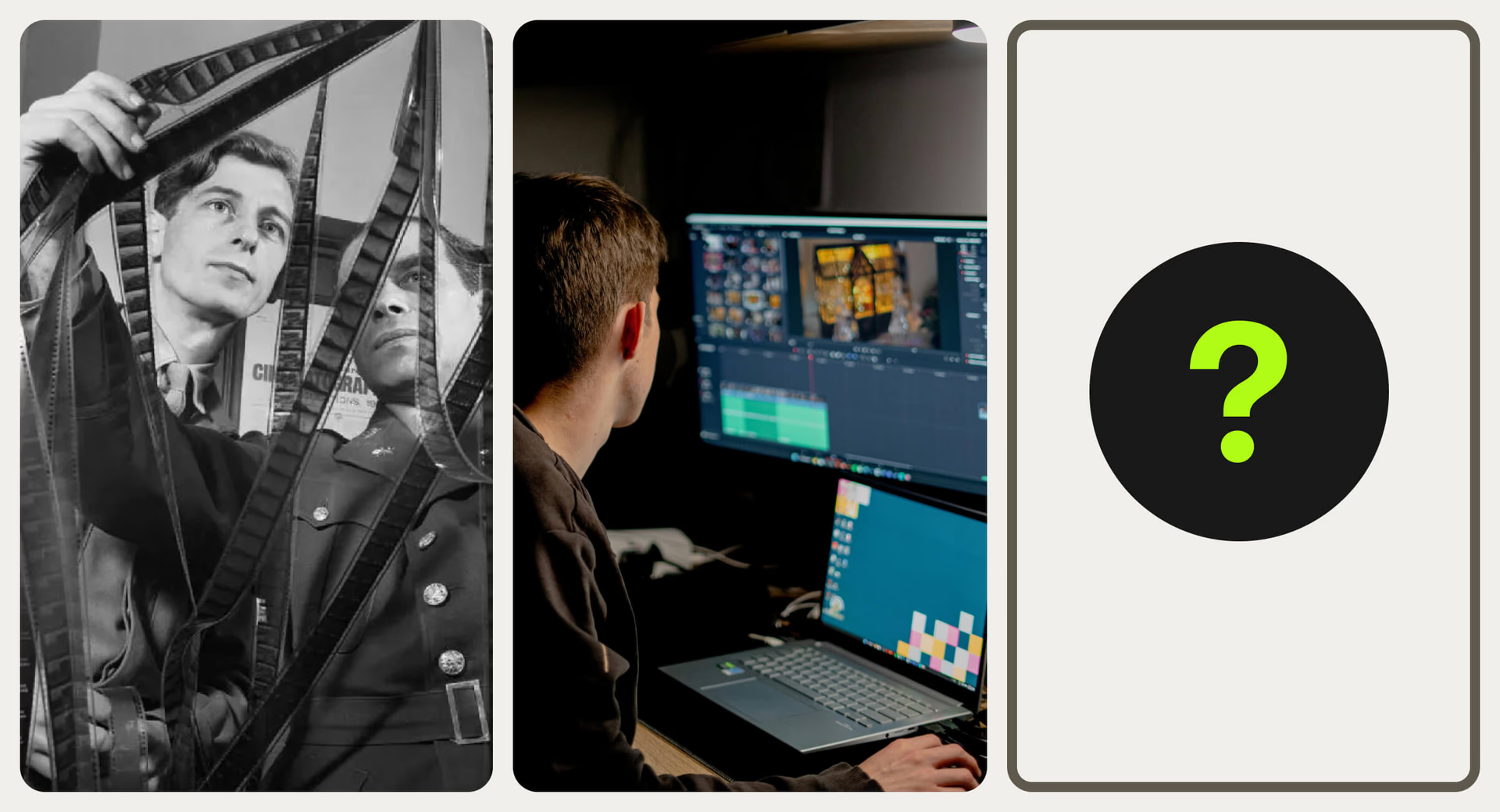
Film editing has come a long way since the days of cutting and splicing physical film.
Today’s editors benefit from digital tools that streamline every aspect of the editing process, but the future promises even more transformation.
Cloud-based editing
The future of film editing is heading towards cloud-based and browser-based video editing platforms.
Digital video cameras can already shoot and upload directly to the cloud, rather than transferring their files from hard drive to hard drive. Meanwhile, cloud services like LucidLink are making it possible to edit directly from the cloud, just like you’re connected to a local hard drive.
Browser-based video editing
Browser-based video editing applications are also becoming increasingly sophisticated and capable. While they’re not at the same level as desktop applications, they’re heading in the right direction. Another nudge in the direction of the cloud.
The rise of AI in film editing
Lastly, generative AI and machine learning is set to ‘disrupt’ film editing’s status quo. AI-bots can already understand both an audio transcript and visual imagery, making text-to-edit possible.
‘AI-video editors’ can also cut together rudimentary short films with voice-over, cutaways and music. Although the results may be lackluster for now, the potential is undeniable
In fact, AI-powered tools are already proving useful. Features like Adobe’s upcoming ability to generate missing frames or platforms like Strada that automate tedious tasks, like syncing sound and picture, are speeding up the editing process.
One thing is clear: whatever comes next in film, editing will remain at the heart of how stories are told.
Want to streamline your next edit? Try LucidLink today with a two week free trial.
Keep reading
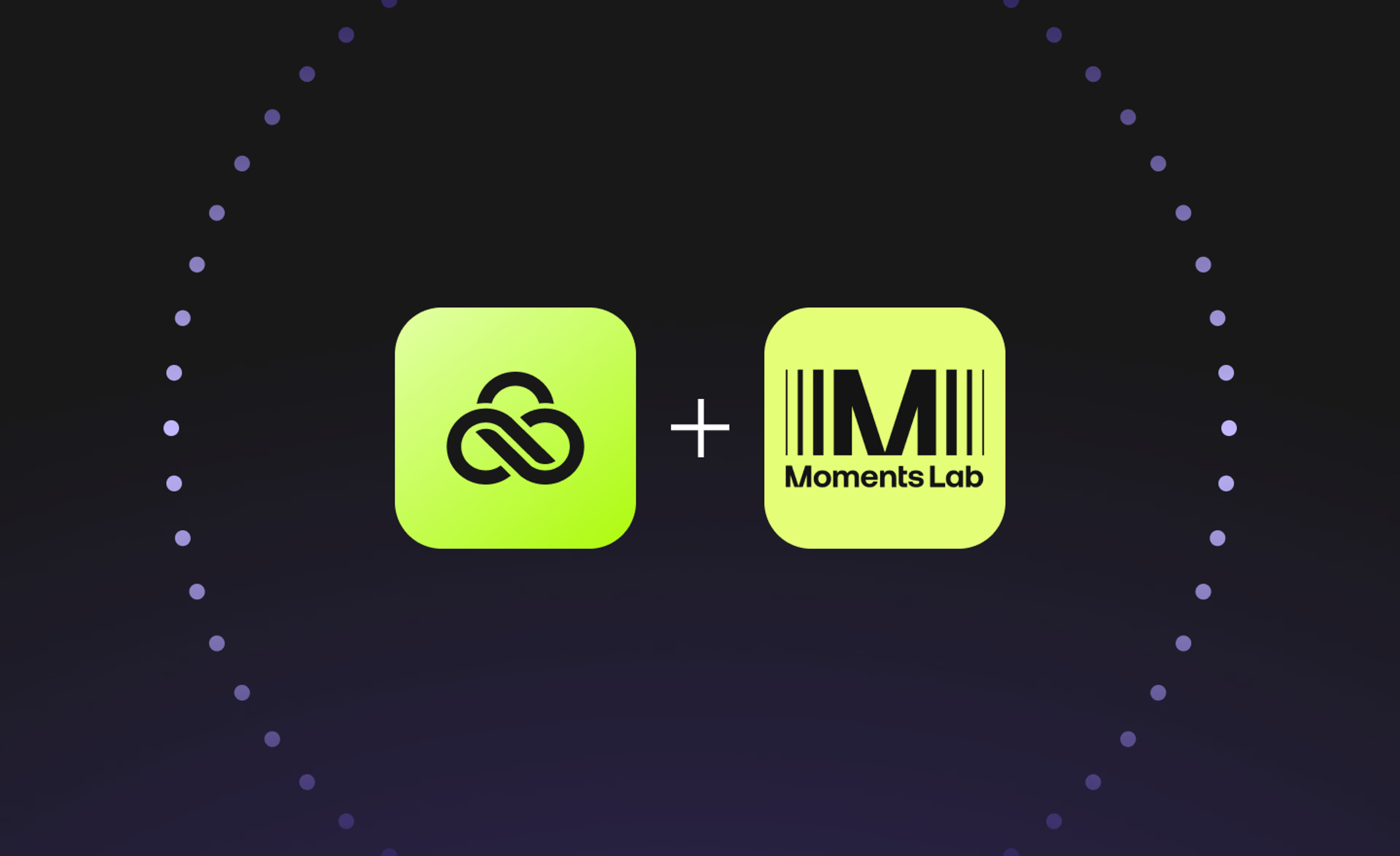
Creative production
Unlocking the potential of your media library with AI and real-time access
Explore how AI and real-time access make your media library searchable, actionable and ready for faster, smarter storytelling.
16 December 2025, 5 mins read

Creative production
How to build a creative workflow that really flows
Discover how to build a seamless creative workflow using practical strategies and tools. Get tips for collaboration and creative project management.
26 November 2025, 17 mins read

Creative production
Sports video editing: the complete guide for sports highlights and video editing
Learn how to create pro-level sports highlight videos with the best sports video editing software. Tips, tools and real-world workflows included.
20 November 2025, 7 mins read
Join our newsletter
Get all our latest news and creative tips
Want the details? Read our Privacy Policy. Not loving our emails?
Unsubscribe anytime or drop us a note at support@lucidlink.com.